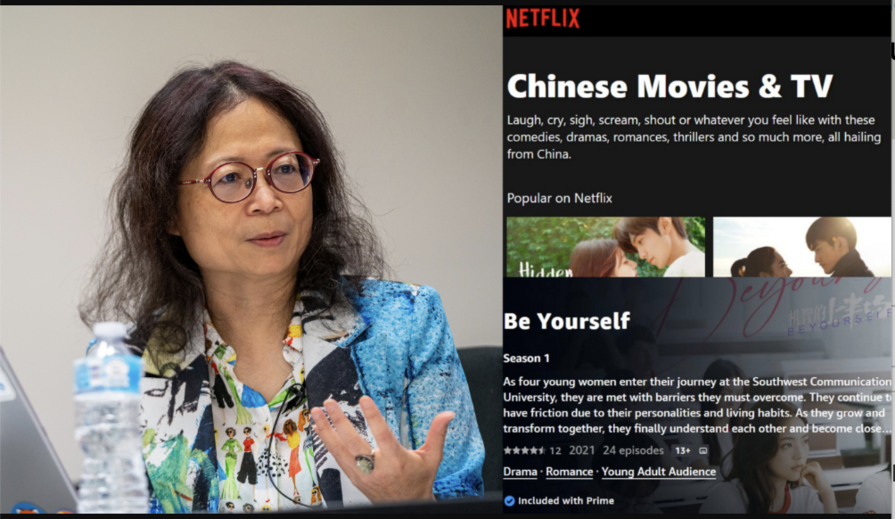Linchuan (Jack) Qiu, Ph.D.
Abstract (Summary)
This dissertation studies telecommunications in China's Pearl River Delta, a region that is increasingly "globally connected and locally disconnected." It focuses on the multi-level transformation from plain old telephone and telegraphy to a complex system of communication technologies over the course of a quarter century. How and why has this regional telecom infrastructure taken the current form? What is the role of telecom growth in the transformation of regional social ecology, especially regarding issues related to connectedness and disconnectedness? For these questions, we employ an adapted version of the Communication Infrastructure Theory, which provides an ecological conceptualization that sees telecom development as centered on discursive practices of key storytellers. These constitute a storytelling system situated in the communication action context of China's reform and opening up, layered against the background of economic globalization and the region's historical tradition as a maritime center of Southeast Asia.
The research is built on intensive fieldwork involving multiple methods: archive research, interviews, survey, focus groups, participant observation, and secondary data analysis. In addition to key officials, representatives of large telecom operators, and long-term residents, we also target small private telecom providers (e.g., Internet cafe managers) and migrant workers, the two groups usually ignored in conventional telecom studies. To ensure the quality of data, interviews, surveys, and focus groups were conducted in the dialects our respondents prefer. In total, nine dialects were used in addition to the official language of Mandarin.
Drawing upon these datasets, components of the regional telecom infrastructure are identified; and their interactions contextualized. Four generic types of disconnectedness (temporal-spatial breaks , stratificational gaps , institutional blocks , and social psychological detachments ) are proposed, leading to a more full-fledged discussion of (dis)connectedness dynamics. In conclusion, although we see a boom of telecom technologies in the Pearl River Delta, this is not equated to the simple enhancement of connectedness among key storytellers in the regional telecom infrastructure. As a process and product of social shaping, technological diffusion may reinforce existing inequalities. It may also give rise to new forms of disconnectedness. Broader implications of these findings are discussed.
Advisor: Ball-Rokeach, Sandra



